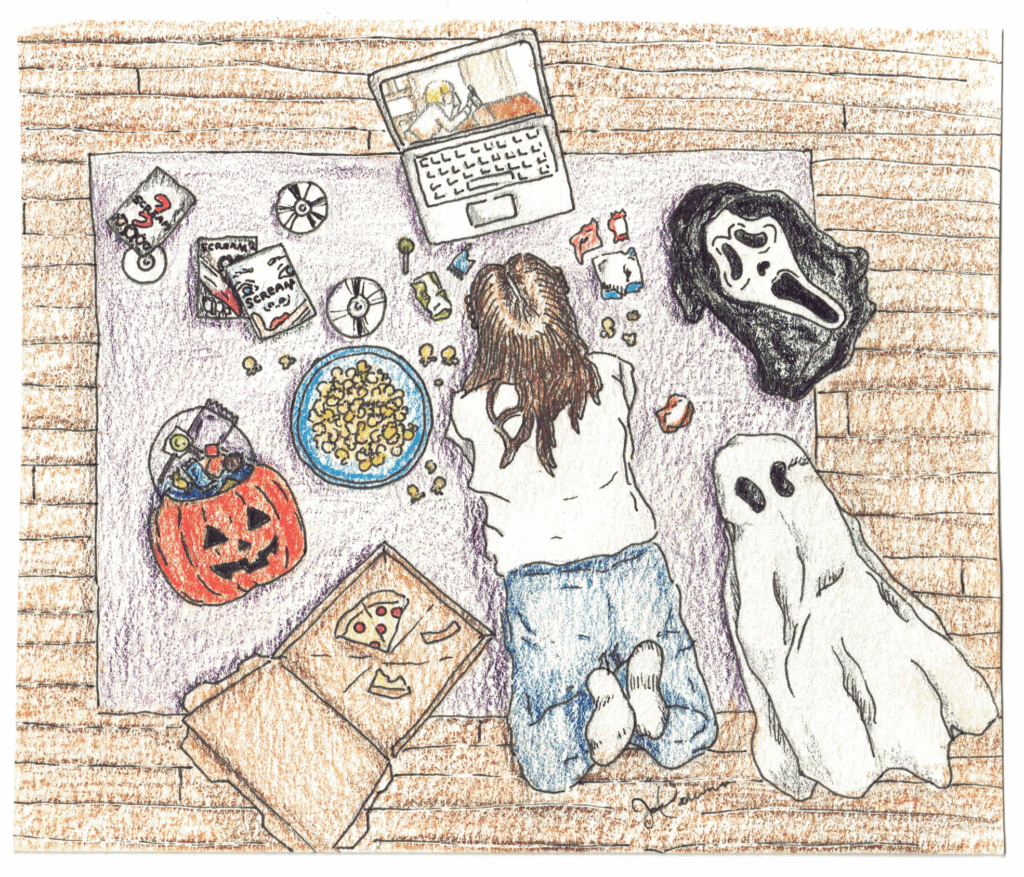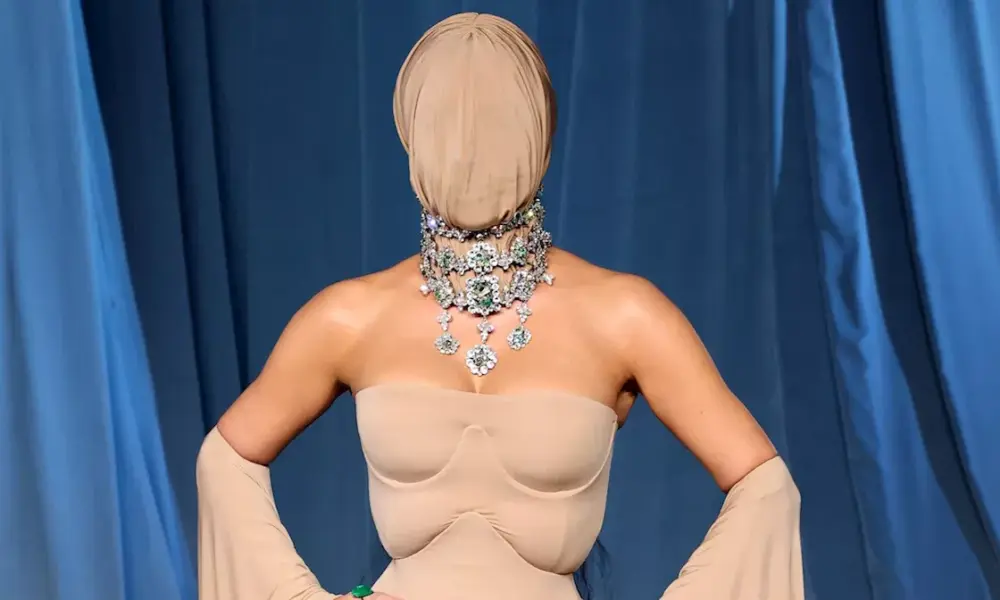The enduring impact of the 1992 film “Death Becomes Her” continues to resonate in contemporary discussions around aging and societal expectations. Featuring powerful performances by Meryl Streep and Goldie Hawn, the film cleverly satirizes the obsession with youth while intertwining elements of horror and comedy. As audiences reflect on its themes, the film remains relevant, especially in a culture increasingly preoccupied with appearance.
Much of the narrative revolves around a love triangle, where an affluent man leaves his wife for a younger woman. However, the plot takes a significant turn when the ex-wife, played by Hawn, returns rejuvenated and beautiful, challenging the traditional conventions of horror. Instead of relying solely on conventional tropes, the film delves into the existential fears surrounding aging. The new wife, portrayed by Streep, becomes consumed with jealousy and embarks on a quest to uncover the mystery behind Hawn’s transformation.
The film presents a unique horror: the terror of losing youth rather than a partner. This perspective reflects a broader societal obsession with maintaining a youthful appearance. Lip fillers, cosmetic surgeries, and skincare routines represent modern attempts to defy aging, echoing the characters’ frantic measures in their rivalry. As both women resort to increasingly grotesque acts to maintain their beauty, the film critiques the lengths individuals go to in pursuit of youth.
In “Death Becomes Her,” the horror is not derived from classic monsters lurking in the dark. Instead, it emerges from the relentless passage of time. The film’s characters become victims of their obsession, resulting in disfigurement and chaos. Its outrageous scenarios challenge viewers to confront the absurdity of societal pressures regarding beauty and aging, a theme that remains painfully relevant today.
Timeless Themes in a Contemporary Context
The film has garnered a cult following over the decades, prompting renewed interest in its underlying messages. A Broadway adaptation and references in pop culture, including a music video by Sabrina Carpenter, signal its ongoing influence. Upon its release, “Death Becomes Her” achieved significant box office success, grossing over $149 million worldwide. Yet, the film’s real triumph lies in its ability to critique societal norms that remain pertinent nearly thirty years later.
Despite the film’s humor, some viewers struggle to grasp its underlying messages. For instance, a friend of a devoted fan expressed confusion over the dramatic elements, questioning the necessity of extreme visuals such as a gaping hole in Hawn’s torso. Yet, the absurdity serves a purpose: it mirrors the extreme measures people take in real life concerning beauty standards. The film invites audiences to consider their own fears about aging and the societal constructs that fuel them.
The humor in “Death Becomes Her” provides a lens through which viewers can examine their anxieties regarding aging. With its blend of horror and comedy, the film allows for a cathartic exploration of these fears. As audiences laugh at the over-the-top scenarios, they simultaneously confront the realities of their lives.
In conclusion, whether through the original film or its recent Broadway adaptation, “Death Becomes Her” remains a thought-provoking experience. It challenges viewers to reflect on their relationship with aging and the societal pressures that accompany it. As the film continues to resonate, it serves as a reminder that the true horror may lie not in supernatural forces, but in the relentless march of time itself.







